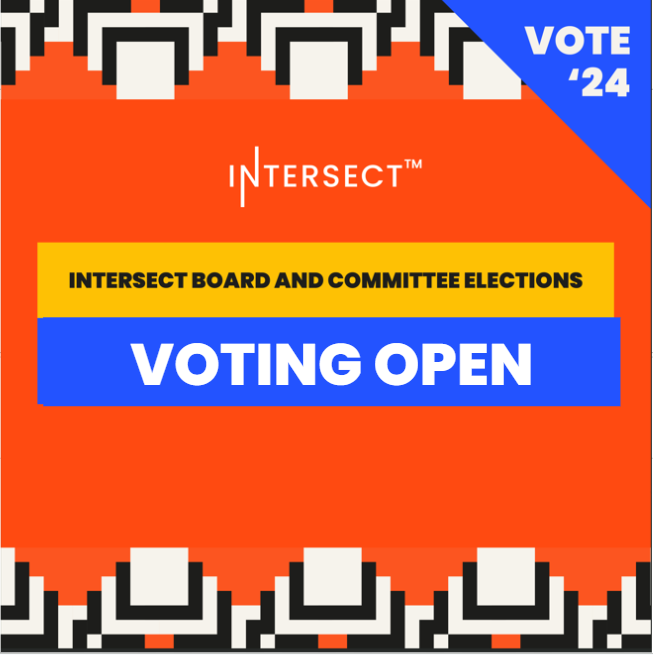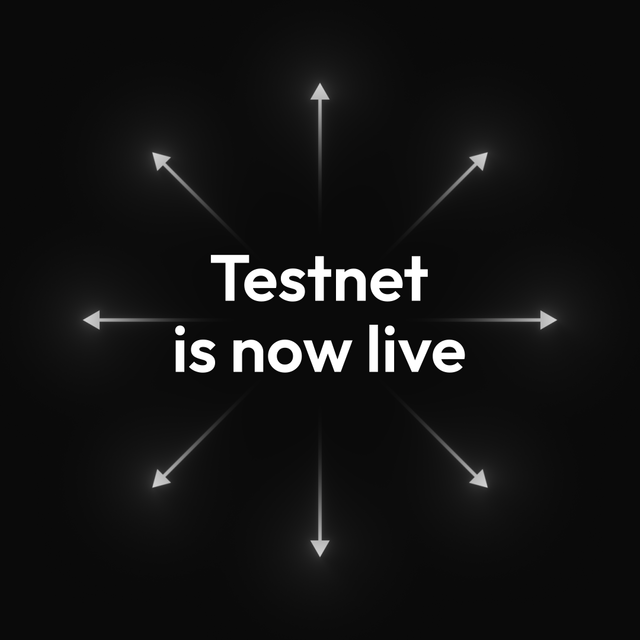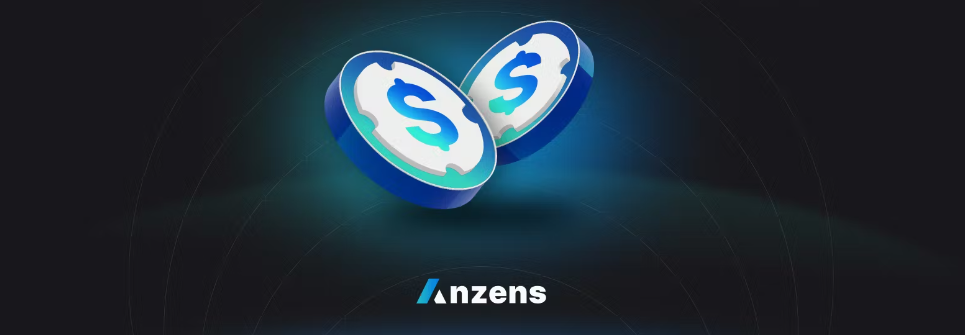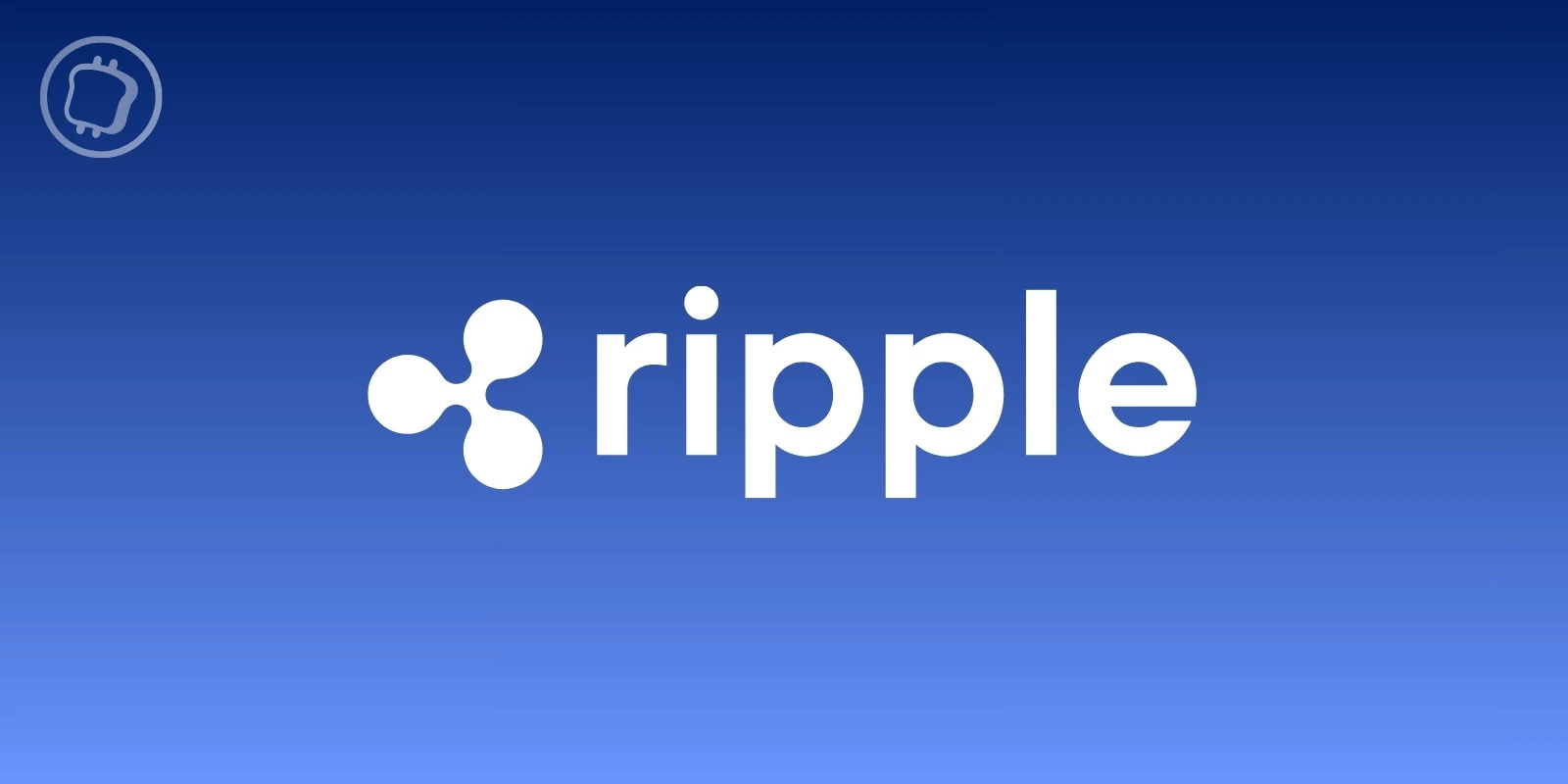Can Cardano improve social networks?
The Internet has become the most important mediator of information because it can spread news very quickly to the masses. Famous and important people, celebrities, companies, banks, and authorities have learned to use social networks. A popular platform for...
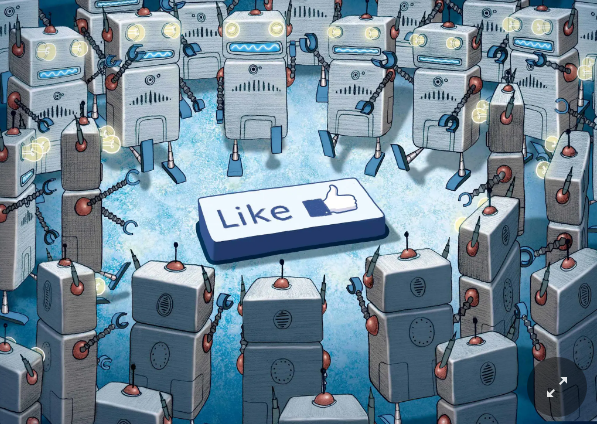
The Internet has become the most important mediator of information because it can spread news very quickly to the masses. Famous and important people, celebrities, companies, banks, and authorities have learned to use social networks. A popular platform for sharing short news is Twitter. The social importance of such platforms is huge and it is no wonder that people are calling for more security of user accounts and protection against fraud. So far, this has not been the case. Let's consider whether Cardano and the Atala PRISM project can help IT companies.
TLDR
- The digitization of information and centralization has gone too far and the concept is no longer working. It is time for Peer-to-Peer communication.
- The same principle used to send a blockchain transaction can be used to authenticate tweets.
- Atala PRISM is an existing solution that could be easily integrated with Twitter.
- You can have a single DID for all services on the internet.
The problem is centralization
Current internet services are centralized in nature. Companies try to collect maximum information from their users, including private information and protect it in their databases. They want to be in control and believe they can secure information better than users. If, for example, the President of the United States or Elon Musk creates a Twitter account, millions of people will immediately start following him.
Scammers are setting up fake accounts pretending they are Elon Musk or whoever. Twitter has decided to give genuine accounts a blue verification check. Recently, however, fake accounts that have blue checks have started to appear. In the past, there has been a security breach and hackers were able to steal the accounts of several celebrities and use them for fraud.
Where is the problem? From my point of view, it is at the boundary between the physical and the digital world. There is only one Tesla CEO in the world, but anyone can create an account with the name Elon Musk. So the platform has to verify the account somehow, which has to be cheap, easy, and reliable enough. It begs the question of whether everyone should have a verified account, as social networks are full of bots.
The digitization of information and centralization has gone too far and the concept is no longer working. It's time to think about the use of decentralized technologies and peer-to-peer communication. In the case of social networks, one-to-many communication. IT companies need to put some of the responsibility back in the hands of the users. This can have many advantages for platforms. If they don't keep users' private information in their databases, no one can misuse it. If the power is put back in the hands of users, no one in the world other than the account owner will be able to send an authentic tweet.
A small change in technology, a big increase in quality
The same concept that is used for sending a regular blockchain transaction can be used to solve the problem of the authenticity of tweets. The basic principle of public-key cryptography is that only the owner of the private key can sign the message. Everyone who has the public key can verify that the message is authentic. If you are sending ADA coins, all nodes can verify that the transaction is valid. Similarly, the owner of the private key can sign tweets. Twitter or even the users' end device can verify the authentication of tweets. Authentic tweets would have a different appearance than tweets from ordinary people. Alternatively, the tweets would vary in color depending on who verified the identity of the private key owners and how.
You must reliably associate the identity with the public key. The public key must be available to everyone for authentication. How to do it reliably? Let's explain the basic principles of decentralized identity (DID). You can think of a DID as a handle or a name. A DID is associated with a DID document. It contains data that describes the public cryptographic keys, pseudonymous biometrics, and other methods that an individual or entity can use to authenticate itself. The DID document may contain a public key to authenticate messages from the DID owner.
Atala PRISM is a platform created by the IOG team that uses the Cardano blockchain to work with DID. PRISM offers a complete infrastructure for issuing and verifying DIDs. The platform is used by countries such as Ethiopia for school children and teachers' identity, and by Fortune 500 company DISH for its royalty program.
Let's add that the new Lace wallet will be integrated with PRISM and allow you to create your own decentralized identity. You can use the DID instead of copying blockchain addresses. Copying addresses is error-prone and is one of the barriers to the wider adoption of blockchain technologies. Once you make a mistake when copying an address, the coins or assets will be lost forever. Having DIDs as a list of your friends directly in wallets will be a big help, as sending a transaction will be easier than sending money through a bank account.
One DID rule them all
Anyone can set up a DID without having to ask a third party. In addition, it will be possible to have the DID that will be verified by an authority. It doesn't matter if the authority is a local authority, company, bank, or someone in charge of a user group. The authority can check the information in the DID document along with other things, for example, your physical ID. After verifying your identity, the authority will sign DID with its own key, which can then be easily verified at any time. DID can be verified by multiple authorities.
As a user, we can have a single DID for all services on the Internet. The DID is a W3C (World Wide Web Consortium) standard, so it is very likely that companies will quickly adopt it and in time it will gain support from governments. If governments were verifying DID, DID would have the same meaning as a physical ID.

Once you have a DID that is good enough for Twitter, chances are good that the same DID will be good for Meta, Amazon, Google, and other giants. With DID, you won't have to set up new accounts over and over again or rely on your current identity managers. With DID you will have an open door to all Defi services and it will be easy to verify the authenticity of NFTs.
How DID will change social networks
Hackers will not be able to steal your identity from the company's database. If the tweet requires a digital signature, you alone as the owner of the private key can create an authentic tweet. All users in the world can be sure that the tweet came from you. All fake accounts don't get a chance, as your device can associate a name with the public key. It will be easy to filter fraudulent tweets.
Thanks to cryptography, the publisher can't deny that they didn't send the message and can't change the content retroactively. This can be an added advantage, especially for journalists. In a broader concept, think of it as a mechanism to ensure that if someone makes a public promise, they cannot simply take it back. Even if someone deletes a tweet, there will be cryptographic proof that the tweet existed.
If two people have a DID, they can create a private communication channel between them that cannot be monitored by a third party.
DID can help address the problem with bots. Imagine if users themselves decided what level of account verification they require from those who can follow them or whose messages they can see. You could decide that only those who have a Twitter-verified account will see your tweets. If Twitter failed to verify accounts well, you would change the settings so that only those with a government-verified account would see the tweets.
A reputation system could use DIDs. Verifying an account does not necessarily involve showing a physical ID to someone or going somewhere in person. Verification can also be in the form of someone actively monitoring accounts and analyzing behavioral profiles. This could be a task for artificial intelligence.
DID can be used to control access to a service or as an identity handle for payments. Imagine how easy it is for a third party to create a fee-based service if they don't have to deal with identity and payments. Any user of a blockchain wallet will be able to prove they are a real person (for example, an adult citizen from Europe) and can easily pay for the service. Users do not have to fill in the same information from a physical ID or credit card details over and over again. They can keep everything on their mobile phone and work quickly and easily with these details via DID.
Unpredictable things can arise around DID. Like the list of followers. Imagine you have millions of followers on Twitter and you start using a new competing platform. Instead of starting from scratch, you use DID and all the users of the same platform follow you instantly. You essentially become the owner of your account and that includes followers. As centralization weakens, new decentralized concepts and tools will emerge. Imagine if you sent NFTs to all your followers and you could then find them at any time. This would be a DID-to-DID communication that would take place outside of Twitter's tools.
Conclusion
Decentralization is a concept that will disrupt the functioning of an internet that naturally tends towards centralization. Centralization suits companies and banks because it allows them to retain power and control. But this increasingly bothers users who are calling for change. Bitcoin came into the world with the idea that it would solve this problem at the level of money. Web3 can be seen as a logical extension of this idea. DID cannot be created without blockchain. If you want to own your identity, you cannot entrust it to a third party. You need a decentralized infrastructure if you want to use the identity reliably in an internet environment. Cardano and Atala PRISM can be your gateway to Web3 through the new Lace wallet. This will allow you to use the new standard that sooner or later the whole Internet will move to. This will reinforce the concept of decentralization and put the power back in the hands of the users.
Cardano can solve the problems of social networks, but firstly companies have to want to solve them. That's not necessarily in their economic interest. Bots are also users. If a company sells advertising, the number of users is important in closing the deal. Interacting with people can be difficult to automate fully, so identity verification will still be relatively expensive. Twitter will probably never be able to authenticate all users. Once the first company decides to use a decentralized identity and succeeds, others will follow. It's a matter of time before we see it. We have the technology and the first successful implementations. Now the ball is in the companies' court.
Delegate Your Voting Power to FEED DRep in Cardano Governance.
DRep ID: drep12ukt4ctzmtf6l5rj76cddgf3dvuy0lfz7uky08jfvgr9ugaapz4 | We are driven to register as a DRep by our deep dedication to the Cardano ecosystem and our aspiration to take an active role in its development, ensuring that its progress stays true to the principles of decentralization, security, and community empowerment.DELEGATE VOTING POWER!

